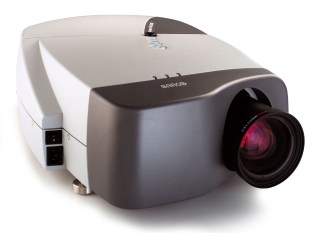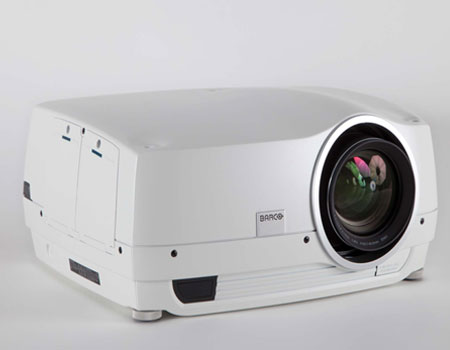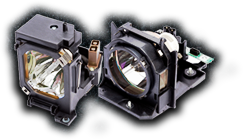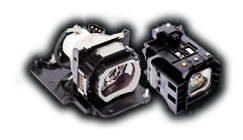Barco has a storied history of producing some of the most powerful and high-impact corporate A/V projectors on the market. One of their earliest forays was the iQ series, with the iQ G300 being the first available in 2003.

The Barco iQ G300 was one of the first projectors with advanced picture-in-picture, allowing four scalable images to be displayed simultaneously, or two data images alongside a video image. That functionality made this an ideal collaboration tool for businesses, as a range of data sets could be shared at the same time. Barco’s commitment to projector collaboration tools has continued, even as the original iQ line has been discontinued. In 2013, Barco launched the Collaborate line, featuring the CRPN-52B, a powerful panorama projector with an even great suite of advanced multi-window capabilities.
Comparing the iQ300 to Barco’s 52B offers a wonderful example of just how far the company’s small- to mid-sized venue collaboration tools have come. Released a decade apart, the two projectors share similarities, yet, it’s easy to see the decade of difference.

Comparing the iQ G300 and CRPN-52B: Specifications and Image Quality
- Brightness and Contrast: When initially launched, the iQ G300 featured a brilliantly bright image. The projector was rated at 3,500 lumens but delivered a contrast ratio of just 400:1. In the last decade, the power of single-chip DLP technology has moved forward. The 52B, for example, although featuring a much larger native resolution, has an output of 5,000 lumens and a contrast ratio of 6,500:1, thanks in part to greater wattage lamps. The similarity is that both employ Barco’s signature dual-lamp configuration.
- Image Quality: The iQ G300 has an XGA native resolution (1024×768) compared to the CRPN 52B’s panorama resolution of 2560×1080. Thus, the 52B boasts enables enhanced multi-window clarity compared to its predecessor. Both are capable of completely filling the screen, with sustained corner sharpness. Yet, in the lower resolution, some detail can be lost when using the advanced multi-screen modes.
- Lamp Life: Both projectors use dual-lamp systems, which are designed to improve lamp life by switching between light sources after 100 hours of use. The iQ projector features two 200-watt UHP lamps, while the newer model uses two 300-watt UHP lamps. Yet, the 52B achieves longer lamp life due to improved efficiency. The 52B in standard mode achieves 2,000 hours, while the iQ is right at 1,500. Additionally, the 52B achieves a much longer life when using single-lamp mode: 5,000 hours compared to 3,000.
- Collaboration Capabilities: In 2003, the iQ G300 was the first projector of its kind, allowing advanced picture-in-picture and the sharing of four pictures at the same time. With built-in source switching, the iQ was able to quickly toggle between sources. The CRPN-52B has transformed that original concept. Now it’s possible to have multiple windows open, quickly toggle between them, and display a greater range of windows on the same screen. Plus, the 52B’s panorama resolution enhances the picture quality in each window.
- Pricing: Barco is a major player in the high-end projector market, and both of these pieces of hardware were offered with eye-popping price tags. In 2003, the iQ G300 carried an MSRP sticker price of $13,500. A decade later, the 52B started north of $24,000.
Comparing these high-end Barco projectors is a useful for seeing just how projectors have advanced in the last decade. What was possible in 2003, now seems underwhelming. At the time, the iQ G300 and the rest of the iQ series were powerful tools that set a new precedent in multi-window projection. Barco has continued to advance and innovate, and the current Collaborate line really highlights their commitment. We’ll just have to wait and see what’s next from Barco.


